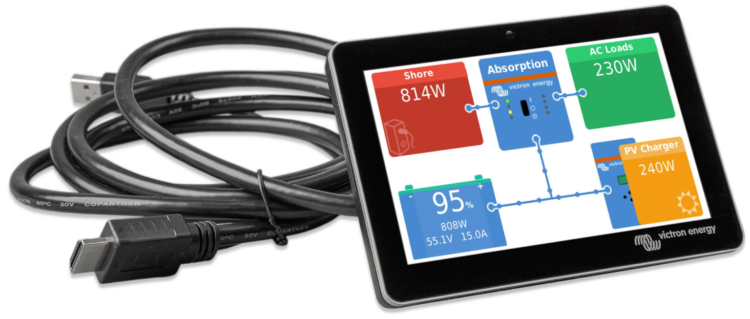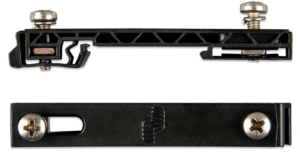Panasonic has achieved the world’s highest energy conversion efficiency of 16.09% for a perovskite solar module (aperture area 802 cm2: 30-cm x 30-cm x 2-mm thick) by developing lightweight technology using a glass substrate and a large-area coating method based on inkjet printing. This was carried out as part of the project of the New Energy and Industrial Technology Development Organization (NEDO), which is working on the “Development of Technologies to Reduce Power Generation Costs for High-Performance and High-Reliability Photovoltaic Power Generation” to promote the widespread adoption of solar power generation.
This inkjet-based coating method that can cover a large area reduces manufacturing costs of modules. In addition, this large-area, lightweight, and high-conversion efficiency module allows for generating solar power highly efficiently at locations where conventional solar panels were difficult to install, such as façades.
Going forward, NEDO and Panasonic continue to improve perovskite layer materials, aiming to achieve high efficiency comparable to that of crystalline silicon solar cells and establish technologies for practical application in new markets.
By focusing on the inkjet coating method that enables the raw material to be coated precisely and uniformly, Panasonic applied that technology to each layer of the solar cell including perovskite layer on glass substrate and realized high power conversion efficiency for a large-area module.
About Panasonic
Panasonic Corporation is a worldwide leader in the development of diverse electronics technologies and solutions for customers in the consumer electronics, housing, automotive, and B2B businesses. The company, which celebrated its 100th anniversary in 2018, has expanded globally and now operates 582 subsidiaries and 87 associated companies worldwide, recording consolidated net sales of 8.003 trillion yen for the year ended March 31, 2019. Committed to pursuing new value through innovation across divisional lines, the company uses its technologies to create a better life and a better world for its customers. To learn more about Panasonic: https://www.panasonic.com/global.
About NEDO:
NEDO (New Energy and Industrial Technology Development Organization) plays an important role in Japan’s economic and industrialization policies through its funding of technology development activities. NEDO also acts as an innovation accelerator to realize its two basic missions of addressing energy and global environmental problems and enhancing industrial technology.
To learn more about NEDO: https://www.nedo.go.jp/english/introducing_index.html
Source: https://news.panasonic.com/global/press/data/2020/02/en200207-2/en200207-2.html
Related Links
New Energy and Industrial Technology Development Organization (NEDO)
https://www.nedo.go.jp/english/
Panasonic R&D Overview
https://www.panasonic.com/global/corporate/technology-design/r-and-d.html




